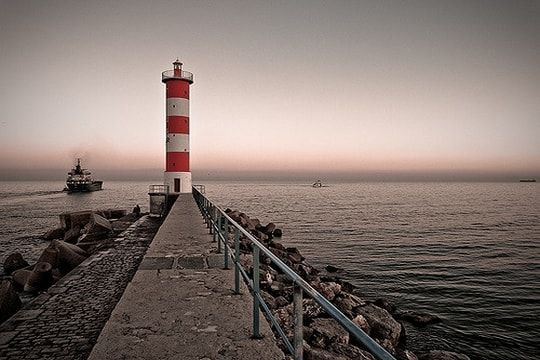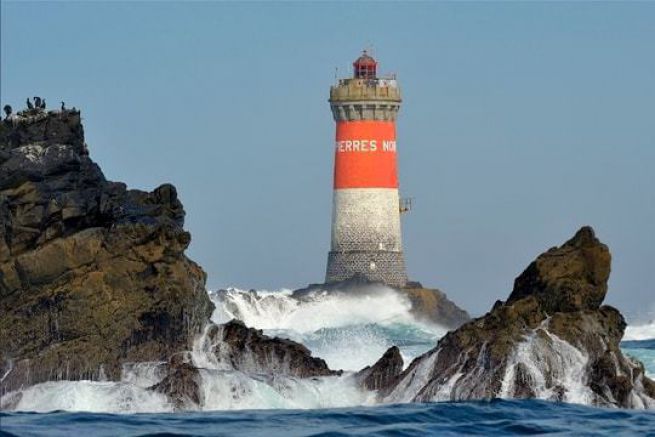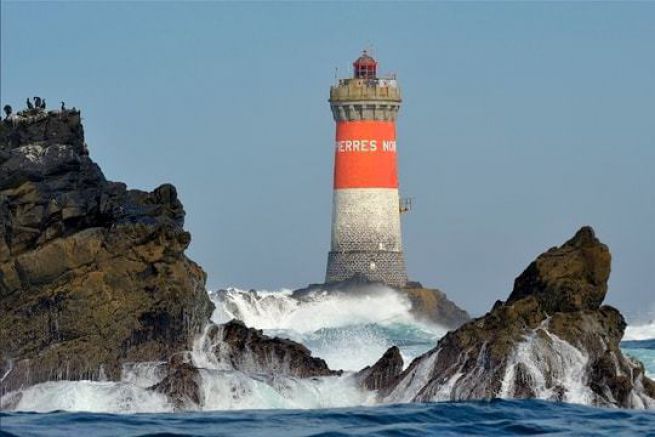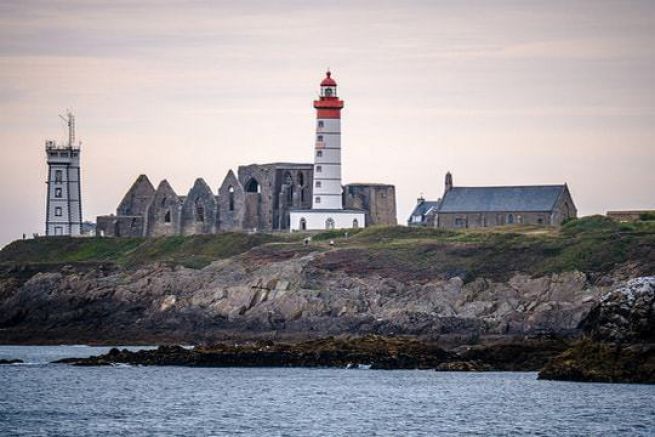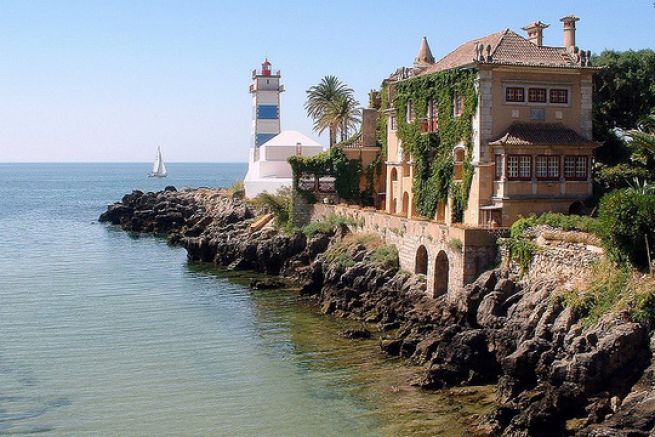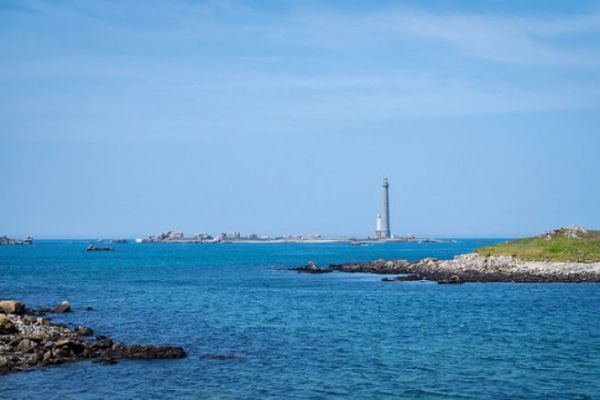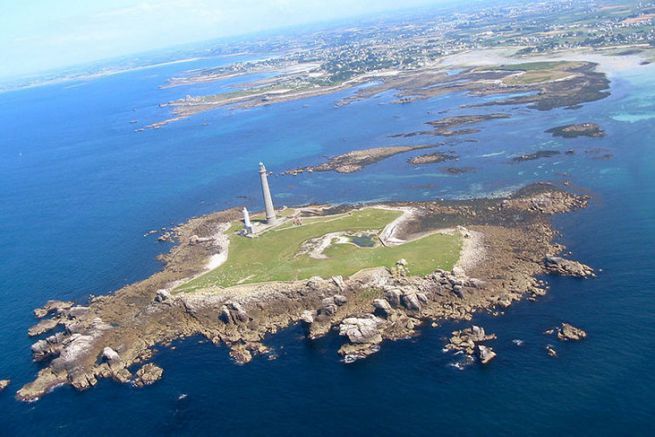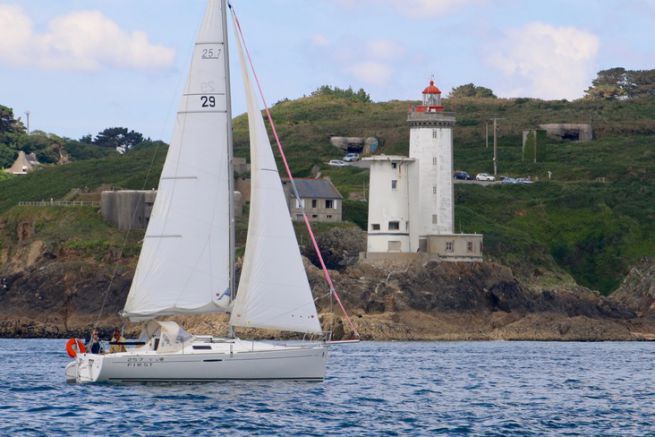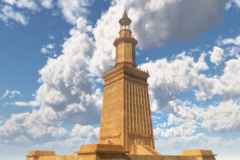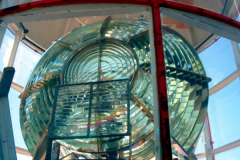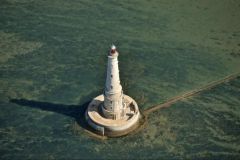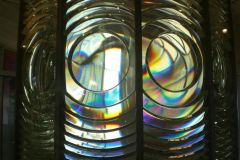Today, with technology (GPS, on-board electronics), large landing lights are no longer indispensable. Used to locate the land a few years ago, today they have a heritage function, but also serve as relay antennas for civil or defence maritime communication networks, including regional operational surveillance and rescue centres (CROSS).
Lighthouses and smaller guide lights are always useful to direct ships in port entrances or hazardous shipping areas.
A lighthouse (from Latin pharus and Greek pharos ) is" an elevated tower with a powerful focus of light to guide ships through the night and guarded by guard personnel. Unattended, it's a fire." is the definition given by the Larousse.
Lighthouses are part of the French heritage. Thus, it is defined by the Ministry of Ecology, Sustainable Development and Energy as"a tower built on a coast, on an islet or at the entrance to a port, surmounted by a powerful light source, used to guide maritime navigation during the night."
The Lighthouse of Alexandria, the ancestor of lighthouses
The word lighthouse comes from Pharos, an island off Alexandria, Egypt, on which Ptolemy I built a huge lighthouse in the early 3rd century BC. The Alexandria lighthouse was considered the seventh wonder of the world, and especially the highest lighthouse in the world, according to historians and archaeologists. It was over 100 metres high and could be seen from a distance of 50 km. For comparison, the highest lighthouse in Europe is currently the Virgin Island lighthouse which measures 82.50 m. The Alexandria lighthouse disappeared completely in the 14th century because of several earthquakes.
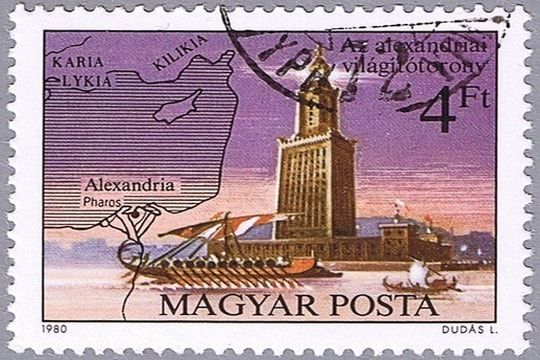
Attention, do not confuse the headlight and the fire
The lighthouse belongs to the Marine Signal Establishment (MSC) category, which are visual, sound or radio devices that help vessels position themselves. This administrative building must meet at least 3 of the following 4 criteria:
- Landing function
- Height above ground more than 20 m
- Range greater than 20 miles
- Built complex, in particular caretakers' dwellings.
By definition, fires are buildings that meet only one or two of these criteria.
